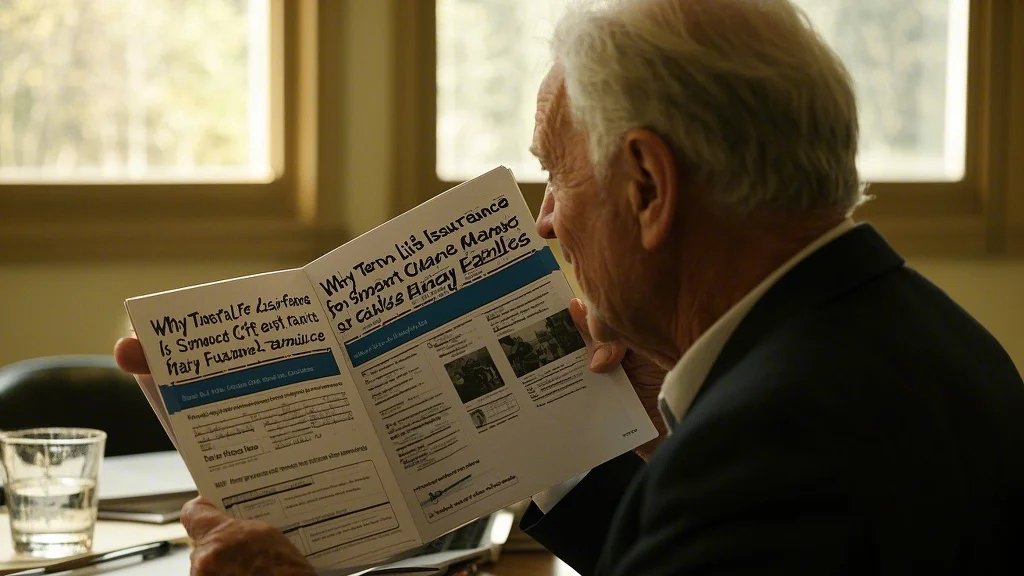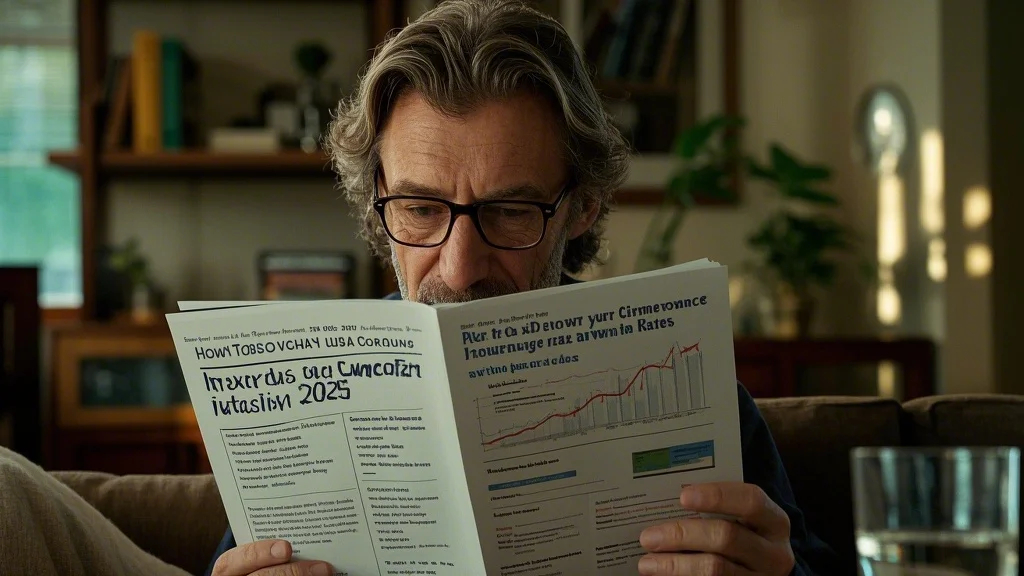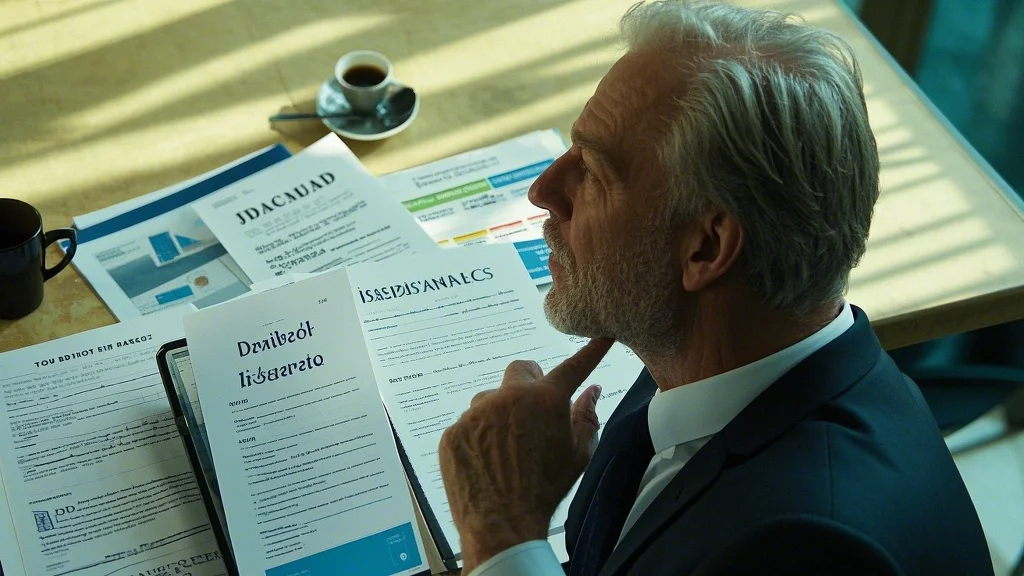The Strategic Advantages of Term Life Insurance
Term life insurance offers families a straightforward, cost-effective solution for their most pressing financial protection needs. Unlike permanent life insurance products that combine death benefits with investment components, term policies provide pure protection for a set period – typically 10, 20, or 30 years. This simplicity translates to significantly lower premiums, allowing families to secure substantial coverage amounts during their most vulnerable years. The logic is compelling: why pay for lifelong coverage when your primary need is protecting your family during the child-rearing years and until major debts like mortgages are paid off? Young parents especially benefit from this approach, as they can align the policy term with their anticipated timeline for financial independence.
What makes term life insurance particularly attractive is its flexibility to adapt to changing life circumstances. Many policies now include conversion riders that allow switching to permanent coverage without additional medical underwriting – a valuable option if health conditions develop that would make buying new insurance prohibitively expensive. The affordability of term insurance also enables couples to purchase individual policies tailored to each spouse’s income contribution rather than relying on a one-size-fits-all approach. As families grow and financial obligations increase, additional term policies can be layered to match specific needs like college funding timelines or business startup phases. This modular approach to protection gives families precise control over their coverage without overpaying for unnecessary features.
Getting Accurate Life Insurance Quotes for Informed Decisions
Obtaining and comparing life insurance quotes is the critical first step in securing appropriate coverage, yet many consumers make costly mistakes during this process. The most common error involves focusing solely on premium amounts without considering the financial strength of the insurer or the specific policy provisions. Reputable insurers now provide instant online quotes, but these preliminary numbers often change after completing the full underwriting process that includes medical exams and detailed health questionnaires. Savvy shoppers request quotes for multiple term lengths simultaneously, as the price difference between 20-year and 30-year terms might surprise them and influence their strategy.
When evaluating life insurance quotes, pay particular attention to the rate class you’re likely to qualify for based on your health profile, family medical history, and lifestyle factors. A “preferred plus” nonsmoker might pay 30-40% less than a standard nonsmoker for the same coverage, making health improvements before applying potentially worthwhile. Many families overlook the advantage of locking in young, healthy rates – a 35-year-old can typically secure 30-year term coverage for less than the cost of a daily coffee, while waiting until 45 could triple those premiums. Independent brokers can provide quotes from multiple insurers simultaneously, helping you identify companies that are most favorable to your specific health situation and coverage needs.
Life Insurance Considerations for Senior Family Members
While term life works well for younger families, seniors often need different solutions, making it crucial to understand options for the best life insurance for seniors. Many older adults mistakenly believe they’ve aged out of affordable coverage, when in reality, guaranteed issue and simplified issue policies can provide valuable protection without medical exams. These policies typically have graded death benefits (full payout only after 2-3 years) to mitigate insurer risk, but they solve the critical problem of leaving surviving spouses or heirs with final expenses and outstanding debts. For seniors with existing term policies nearing expiration, conversion to permanent coverage can be a wise move if health conditions would prevent qualifying for new insurance.
Selecting the best life insurance for seniors requires careful evaluation of competing priorities. Burial insurance policies offer small face amounts specifically designed to cover funeral costs without burdening family members. Seniors with substantial assets might need coverage for estate tax liquidity or to equalize inheritances between heirs receiving different types of assets. An often-overlooked strategy involves using life insurance to replace charitable giving – naming a favorite charity as beneficiary maintains the donation while potentially providing living tax benefits. Medicare recipients should beware of aggressive final expense policy sales tactics and instead work with independent agents who can present multiple options from highly-rated carriers.
The Overlooked Connection Between Renters Insurance and Financial Security
While reviewing renters insurance quotes, many young families fail to recognize how this affordable coverage forms a crucial component of their overall financial protection. Standard policies provide three essential benefits: personal property coverage (typically $20,000-$100,000), liability protection (usually $100,000-$300,000), and additional living expenses if your rental becomes uninhabitable. What surprises many renters is discovering that their landlord’s insurance covers nothing beyond the building structure itself – all your furniture, electronics, clothing, and other possessions remain unprotected without your own policy. The liability coverage proves equally valuable, protecting against lawsuits if someone gets injured in your home or you accidentally cause property damage elsewhere.
Obtaining and comparing renters insurance quotes requires attention to details many consumers overlook. Actual cash value policies pay only depreciated value for lost items, while replacement cost coverage provides funds to buy new equivalents – the premium difference is often negligible for significantly better protection. Special limits apply to categories like jewelry, electronics, and collectibles, so document valuable items and consider scheduled personal property endorsements if needed. Many insurers offer discounts for safety features like deadbolts, fire extinguishers, or alarm systems. Perhaps most importantly, maintaining continuous renters insurance establishes an insurance history that can lead to better rates when you’re ready to purchase homeowners coverage.

Why Property Investors Need Specialized Insurance Solutions
Real estate investors require completely different property insurance for investors compared to standard homeowners policies. Investment properties face unique risks like vandalism during vacancies, liability claims from tenants or their guests, and loss of rental income after covered perils. A quality landlord policy typically includes dwelling coverage (based on rebuilding costs rather than market value), liability protection, and fair rental income coverage. What many novice investors don’t realize is that standard homeowners policies often contain clauses that void coverage if the property isn’t owner-occupied, leaving them dangerously exposed to uncovered losses.
Securing proper property insurance for investors becomes more complex with portfolio growth. Multi-property discounts can provide significant savings, but insurers often limit the number of properties per policy or require higher deductibles. Umbrella policies become essential as asset protection needs grow beyond standard liability limits. Short-term rental properties (Airbnb, VRBO) require specialized endorsements or entirely different policies from traditional long-term rental coverage. Savvy investors work with agents who specialize in investment properties and understand nuances like ordinance or law coverage (for rebuilding to current codes) and equipment breakdown protection for appliances and systems.
Integrating Multiple Insurance Products for Complete Family Protection
The most effective family financial plans combine term life insurance with other coverage types to create comprehensive protection. A young family might layer 20-year and 30-year term policies to cover different phases of child-rearing and mortgage repayment. They would complement this with renters or homeowners insurance for property protection, plus umbrella liability coverage as their net worth grows. Disability insurance ensures income continuity if illness or injury prevents working, while health insurance protects against medical expenses. This integrated approach addresses all major financial risks without unnecessary overlap or coverage gaps.
Regular policy reviews ensure your protection keeps pace with life changes – marriage, children, home purchases, career advancements, and inheritances all warrant coverage adjustments. Create an “insurance calendar” to track renewal dates and periodic review milestones for all policies. Digital tools like cloud-based document storage and inventory apps help maintain organized records crucial for claims processing. Consider working with a fee-only financial planner to analyze how your insurance portfolio integrates with investments, tax planning, and estate strategies. The most sophisticated protection plans use insurance not just as safety nets but as strategic financial tools that complement your overall wealth-building strategy.
Cost-Saving Strategies for Comprehensive Coverage
Building robust protection doesn’t require breaking the bank. When obtaining life insurance quotes, consider that purchasing younger and healthier locks in lower rates for the entire term period. Bundling renters or homeowners policies with auto insurance often yields package discounts of 15-25%. Opting for slightly higher deductibles on property policies can reduce premiums significantly while maintaining protection against catastrophic losses. Many insurers offer discounts for safety features like smoke detectors, deadbolts, or alarm systems in rental properties.
Another often-overlooked strategy involves annual policy reviews to eliminate redundant coverage as your financial situation changes. Paying premiums annually rather than monthly typically saves 5-10% on most policies. For term life insurance, consider that the most cost-effective coverage period might be longer than you initially think – the small premium increase for a 30-year term versus 20-year often provides disproportionate value. Property investors should inquire about loss-free discounts and consider increasing liability limits rather than purchasing separate policies for each rental property. The key lies in balancing adequate protection with cost efficiency, ensuring you maintain essential coverage without overpaying for unnecessary features.



